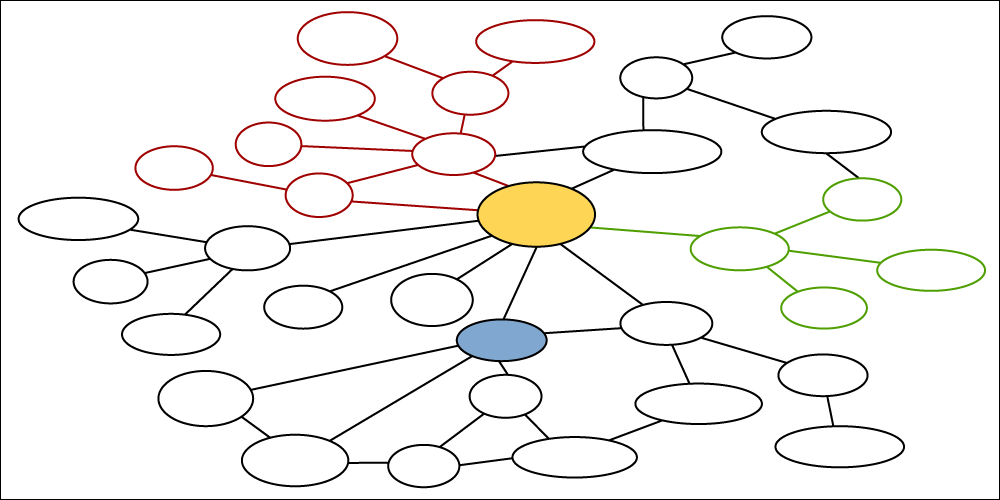Category: Project Management

Project Sponsor vs. Deployment Champion in Six Sigma: What’s the Difference?
Updated:What is a Project Sponsor? A Six Sigma project sponsor plays a key role in Six Sigma methodology who provides overall support, guidance, and resources to ensure the success of a Six Sigma project. The project sponsor is typically a high-level executive or manager within the organization who has the authority to allocate resources and […]
Read more »
Y
Updated:In discussions about the Six Sigma methodology, you will often find the equation Y=F(x). It is an important formula in working with the methodology and can serve as a very helpful tool in project management. When working with the Y=f(x) formula, X stands for the various inputs utilized to generate an outcome, while f represents […]
Read more »
Simplify Project Scope with an Includes/Excludes Table
Updated:A project needs to have clear boundaries and parameters that establish its scope. Any tool that can help your team understand and agree as to what is included and what is excluded from your project saves a lot of headaches during project implementation.
Read more »
Streamlining Project Management: The Role of a Project Process
Updated:Embarking on projects without any formalized, thought-out process involved can be fine when you are keeping it small or routine. This sort of fly-by-night approach is not recommended when there is anything major actually at stake.
Read more »
Defining Stakeholder Roles and Responsibilities in Process Improvement
Updated:The ability of a process improvement initiative to invoke sustainable change within an organization depends on the support of stakeholders who will execute the proposed changes.
Read more »
How to Define Scope for Your Six Sigma Project
Updated:When writing your Six Sigma project charter, it is important to clearly state the scope of the project, so the team doesn’t attempt to “boil the ocean” or “solve world hunger”. Scope puts some boundaries and constraints on the activities of the project. In the context of Six Sigma, scope refers to the boundaries and […]
Read more »
Step-by-Step Guide to Project Selection
Updated:The purpose of Lean Six Sigma is to identify opportunities for improving organizational processes. One of the challenges is the selection of projects for improvement teams to work on. Let’s learn more about how to select impactful projects. Both Lean and Six Sigma projects are used to improve organizational processes. Improvement teams are formed. DMAIC […]
Read more »
Project ROI: A Key Metric for Project Selection and Resource Allocation
Updated:Financial project metrics can be cumbersome to use and jargon-heavy. We demystify and simplify project return on investment, making the concept accessible to all and giving you the confidence to use it in your project management operations.
Read more »
Maximize Your Project Management Potential with PMP Certification
Updated:Widely recognized as one of the most prestigious certifications in the industry, PMP validates your knowledge and experience in project management, opening up new opportunities for career advancement and higher salaries. Overview: What is Project Management Professional (PMP) Project Management Professional (PMP) is a globally recognized professional certification that is granted by the Project Management […]
Read more »
Essential Strategies for Identifying Key Business Requirements
Updated:Key business requirements are everything. They are the measure by which your product, process or company lives or dies, so ignorance is not an option.
Read more »
Unlocking Project Insights with Gantt Charts
Updated:Utilization of project management tools helps ensure the success of a project. One such tool is the Gantt chart. At the beginning of the 20th century, Henry Gantt created a chart for recording the progress of workers when assigned to a task. His work revolutionized the field of project management, and his innovations are still […]
Read more »
The Agile Advantage: Speed and Adaptability in Project Management
Updated:Sometimes you need an improvement approach that is faster than the traditional Six Sigma methods of DMAIC or DMEDI. Agile may be your answer. Let’s see how. The word agile refers to the ability to rapidly create and respond to change and the need to improve. It is a way of dealing with, and ultimately […]
Read more »
Use Earned Value Management for Process Improvement
Published:Whenever there is an issue in a process, attempts are made to identify the process step that is causing the problem, identify the root cause and come up with a corrective or preventive action. The time taken to identify the “right” process step is directly proportional to the number of process steps involved and it […]
Read more »
Abstraction Factor Analysis: A Nonlinear Way to Improve Product Development
Published:The Lean Six Sigma (LSS) toolbox can always be extended with new approaches that enable the harvesting of new opportunities for improvement. Philosophically, improvement in terms of velocity, cost, quality, performance, reliability and widespread customer acceptance remain relevant but also complex. One way of extending the use of these methodologies and tools is by developing […]
Read more »
How to Improve Project Cycle Time
Published:A common metric many organizations use to assess the performance of their Lean Six Sigma program is project cycle time – the total time from the beginning to the end of a process improvement project, including total process time and all delays. If your organization’s project cycle time is running higher than your targeted rate, […]
Read more »
Better Project Management Through Beta Distribution
Published:As a Six Sigma professional responsible for managing projects, have you ever been asked the following questions? When do you reasonably expect to complete your project? What’s the probability of completing the project on time or on a given date? Which activities on the critical path should you focus your attention on to meet the […]
Read more »
Combining Six Sigma and CMMI Can Accelerate Improvements
Published:Capability Maturity Model Integration (CMMI) is a framework for business process improvement. Like any model, CMMI reflects one version of reality, and like most models, it may be more idealistic than realistic in some ways. Organizations can use the model as a jumping off point to create process improvement solutions that fit their unique development […]
Read more »
Managing IT Demands Through Project Portfolios
Published:If you are thinking change is the only constant in today’s world, there is more. In fact, organizations are required to deal with and manage dynamic changes all the time. The strength of a delivery system is determined by its ability to respond to changes and meet customer expectations. Changes come to the delivery organization […]
Read more »
Integrating Project Management into a Six Sigma System
Published:Manufacturers and transactional firms share a drive to lower costs, reduce cycle time and offer a diverse product mix as they pursue higher profits and an increased market share in a growing global environment. Consumers (those paying for the end product) want products or services that are cheaper, readily available and of a quality that […]
Read more »
See Long- and Short-term Results with a 3-6-12-24 Plan
Published:A major dilemma companies face today is the pressure to deliver short-term improvements and benefits while still contributing to longer-term breakthrough objectives. The 3-6-12-24 planning tool helps practitioners find a way out of this predicament.
Read more »
Thought Process Map for Six Sigma: What, Why and How
Published:A thought process map, sometimes referred to as a TMAP or TPM, not only helps you begin an improvement project with a comprehensive view, but ensures you stay on track all the way through completion. Learn how to use this powerful visual tool.
Read more »
Six Sigma and the Project Management Body of Knowledge
Published:Interest in Six Sigma is growing rapidly within the professional project management community, and the most common question coming from that group is something like “How does Six Sigma relate to the Project Management Body of Knowledge (PMBoK)?” Six Sigma and PMBoK do have connections, similarities and distinctions. Before diving into specifics, a little background […]
Read more »
Lean Six Sigma and the Art of Integration
Published:It may seem un-Six Sigma-like to use art concepts in a discussion of Lean Six Sigma and the merger of two large financial institutions. But in fact, any serious approach to integrating two complex organizations can benefit from thinking in terms of art as well as science.
Read more »